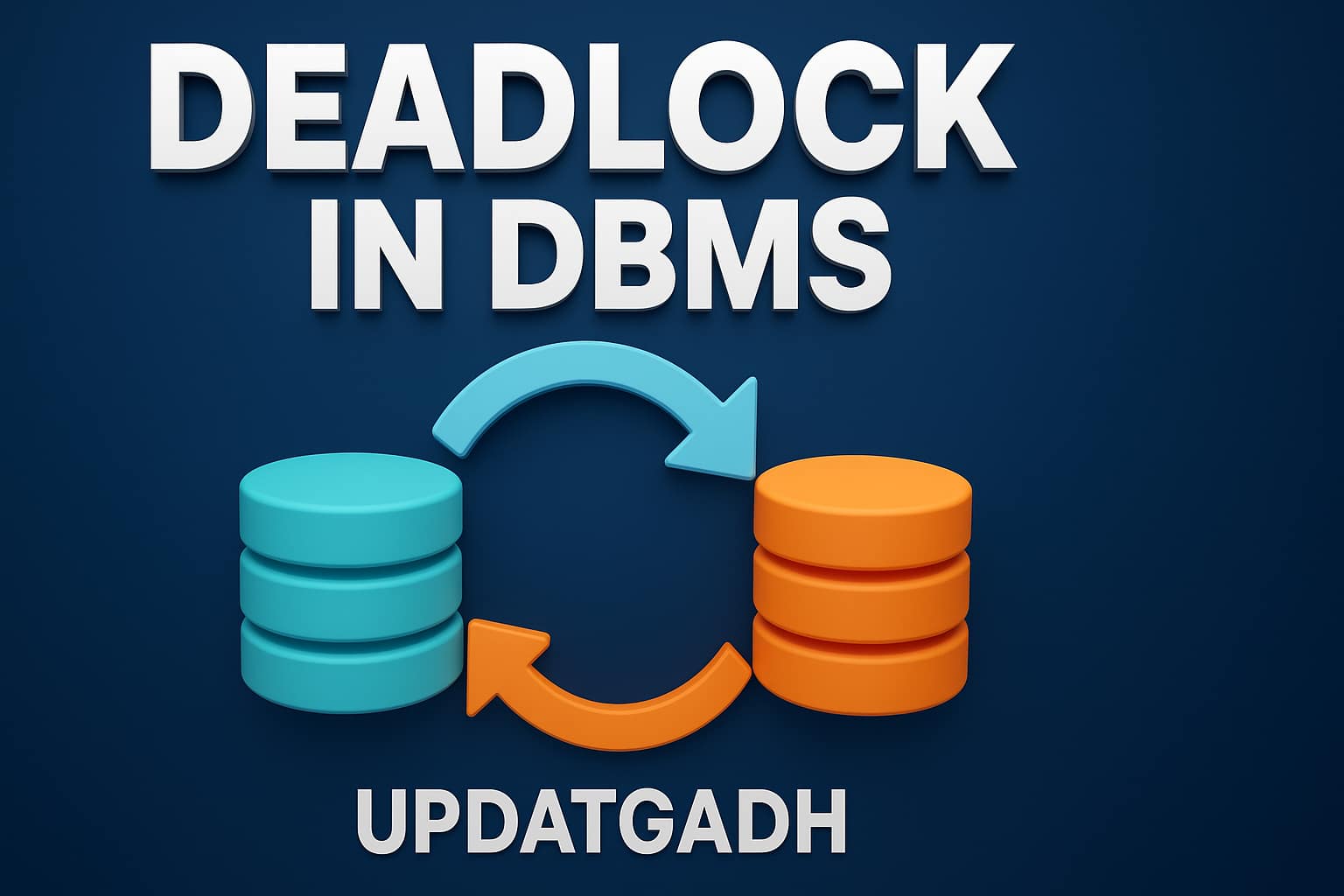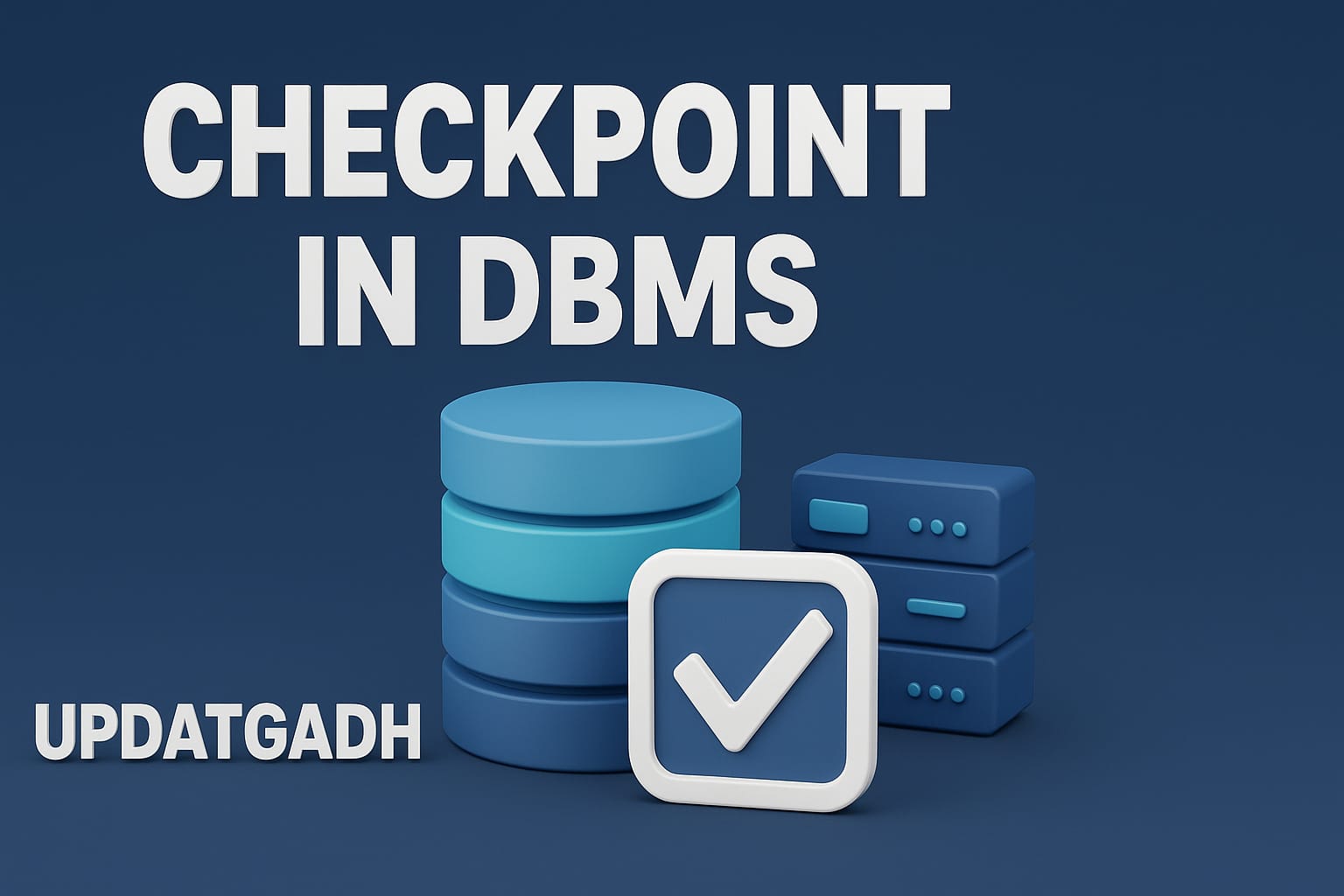
Data Models in DBMS
Data Models in DBMS
Before diving into database design, the first essential step is creating a data model. This model serves as a bridge between real-world scenarios and how data is organized, stored, and managed in a digital database system.
Machine Learning Tutorial:-Click Here
Data Science Tutorial:-Click Here
Complete Advance AI topics:- CLICK HERE
DBMS Tutorial:-CLICK HERE
Introduction to Data Models
A data model provides a structured framework for defining data elements, relationships, semantics, and integrity constraints. It helps database designers and stakeholders visualize how data flows, is categorized, and is interconnected, regardless of how it’s stored physically.
At its core, a data model comprises:
- Entities (real-world objects),
- Attributes (properties of those entities),
- Relationships (connections between entities), and
- Constraints (rules governing the data).
With a strong data model, organizations can:
- Understand the data requirements of different users,
- Keep the logical structure independent of physical storage,
- Optimize how data is used in various applications.
Why Do We Need a Data Model?
Data models are crucial for ensuring clear communication between developers, analysts, and stakeholders. They provide a shared understanding of the information being managed. Additionally, data modeling improves application maintenance, supports future scalability, and helps reduce development costs by allowing model reuse.
Types of Data Models in DBMS
There are four major types of data models commonly used to represent database structure:
1. Relational Data Model
Introduced by Edgar F. Codd in 1969, this model represents data in the form of tables (relations). Each table has rows (records) and columns (attributes). It’s widely adopted in commercial database systems due to its simplicity and strong theoretical foundation.
2. Entity-Relationship (ER) Model
Proposed by Peter Chen in 1976, the ER model visually depicts data as entities and relationships. Entities are objects (like “Student”), described by attributes (like name, ID), and can be grouped into entity sets. Relationships (like “enrolled in”) show how these entities interact.
3. Object-based Data Model
Emerging in the 1980s, this model integrates concepts from object-oriented programming, such as encapsulation, inheritance, and object identity. It supports complex data types and allows for modular, reusable data structures, making it ideal for applications with intricate data logic.
4. Semistructured Data Model
Unlike traditional models, this type allows flexible data formats, meaning elements of the same type can have different attributes. XML (Extensible Markup Language) is a widely-used representation format here. This model is particularly useful for web-based and data exchange applications.
Advantages of Data Models
- Ensure data accuracy and consistency
- Offer clear visual representation for better understanding
- Emphasize data security, especially for sensitive information
- Enhance collaboration between technical and business teams
- Improve database performance and efficiency
- Enable easy maintenance and scalability
Challenges with Data Models
- Even small changes can require significant application updates
- Require a deep understanding of physical data storage
- Large, complex data models may become difficult to interpret
- Some models lack advanced data manipulation capabilities
The Process of Data Modeling
Data modeling is a structured approach that aligns business requirements with technical implementation. Here’s how it generally unfolds:
Step 1: Understanding the Requirements
Begin with gathering business needs. Identify the core entities, their data types, and relevant rules or constraints.
Step 2: Defining Entity Characteristics
Each entity must be analyzed for its unique attributes, such as customer name, ID, contact details, etc.
Step 3: Establishing Relationships
Define how entities interact. For example, customers might be linked through shared locations or services.
Step 4: Designing and Analyzing Patterns
Develop usage patterns that show how the data will support business operations and decision-making.
Step 5: Normalization
This step reduces redundancy by organizing data efficiently. It helps in saving storage and maintaining data integrity.
Step 6: Validating the Data Model
Review the model with stakeholders to ensure it meets all functional and technical expectations.
Step 7: Implementation and Maintenance
The final model is converted into a physical database. Continuous updates are required to keep it aligned with evolving business needs.
Complete Python Course with Advance topics:-Click Here
SQL Tutorial :-Click Here
Download New Real Time Projects :-Click here
Conclusion
Data models are the foundation of effective database systems. By offering clarity, structure, and insight into data relationships, they empower organizations to manage, secure, and scale their data resources efficiently. Whether it’s a startup or a large enterprise, investing in robust data modeling practices pays dividends in long-term data integrity and system performance.
types of data models in dbms
data models in dbms with examples
data models in dbms pdf
hierarchical model in dbms
data models in dbms geeksforgeeks
relational data models in dbms
types of data models in dbms with examples
data models in dbms class 10
data models in dbms
types of data models in dbms
hierarchical data models in dbms
relational data models in dbms
types of data models in dbms pdf
evolution of data models in dbms
network data models in dbms
object oriented data models in dbms
data models in dbms in hindi
data models in dbms pdf
data models in dbms ppt





Post Comment